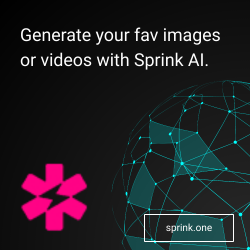Step 1: Identify the routine
Similar to understanding the structure and components of computer code, Duhigg writes that we must first understand the components of our loop.
Step 2: Experiment with rewards
We use specific inputs when we code, so why not change the inputs to see if we get a different output. Similarly, Duhigg experimented with his reward by adjusting his routine to see if it would deliver a different type of reward. For example, instead of walking to the cafeteria, he walked around the block.
Step 3: Isolate the cue
Duhigg says that we can ask ourselves (and record our answers) five things the moment an urge hits us in order to diagnose our habit. These questions are key to hacking our code (habits).
- Where are you?
- What time is it?
- What’s your emotional state?
- Who else is around?
- What action preceded the urge?
Step 4: Have a plan
Duhigg found once we figure out our “habit loop” we can shift our behavior. This is similar to rewriting code.
“Put another way, a habit is a formula our brain automatically follows: When I see CUE, I will do ROUTINE in order to get a REWARD.” – Charles Duhigg
Following Duhigg’s advice, we can reprogram or hack our code (habits) by actively making choices. We do this by making plans and a great strategy for this is through implementation intentions.
If-Then Strategy
An “If-Then” strategy is no different than computer language. IF you write a code, THEN you will get an output.
This is where the computer coding // human life metaphor makes the most sense to me. For example, let’s first imagine we are born as a blank smartphone.

Now let’s visualize two different outputs for a sprite or image on our phone (representing us). This image represents two possibilities for our future life. We can become a healthy and fit person or we can become an overweight and depressed person.

We must learn to code or write instructions in order to become the healthy and fit person. Essentially, we must learn to reprogram (or code) our life.
We can write instructions for our finished program (our life). I have identified specific instructions coded for my life in the image below. These instructions can also be imagined as habits.
Let’s examine some of the larger blocks of code I have built (where the output has created a healthy and fit person): morning routine, exercise, nutrition, water, knowledge, education, family, spirituality, and employment.

Essentially, IF we following a morning routine, we can THEN jump start a healthy morning workout.
IF we exercise, hydrate and eat right, we can THEN look and feel better.
IF we strive to improve our knowledge and experience a close relationship with our family, THEN we can live a happy and healthy life.




























































